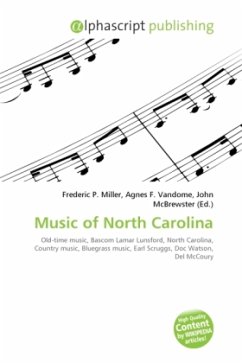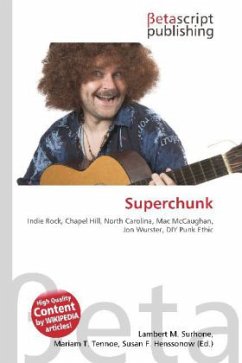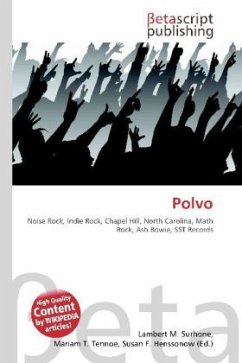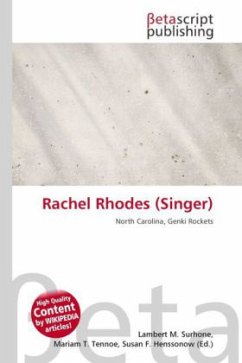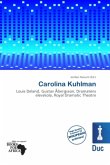High Quality Content by WIKIPEDIA articles! High Quality Content by WIKIPEDIA articles! In 1932, Lamar Stringfield united a group of volunteers to form the North Carolina Symphony. They first performed in Hill Hall at the University of North Carolina Chapel Hill in North Carolina on May 14, 1932. The original musicians of the symphony were unpaid local musicians. By 1935, the North Carolina Symphony had performed in more than fifty cities and towns in North Carolina, in over 140 concerts. Dr. Benjamin Swalin, Music Director from 1939 to 1972, continued the orchestra's mission to reach as many North Carolina natives as possible. In the 1940s, the North Carolina Symphony became the first orchestra to receive continuous state funding. The "Horn Tootin' Bill", which asserted that state funds would be given to orchestras, was passed by the North Carolina State Legislature in March of 1943.


